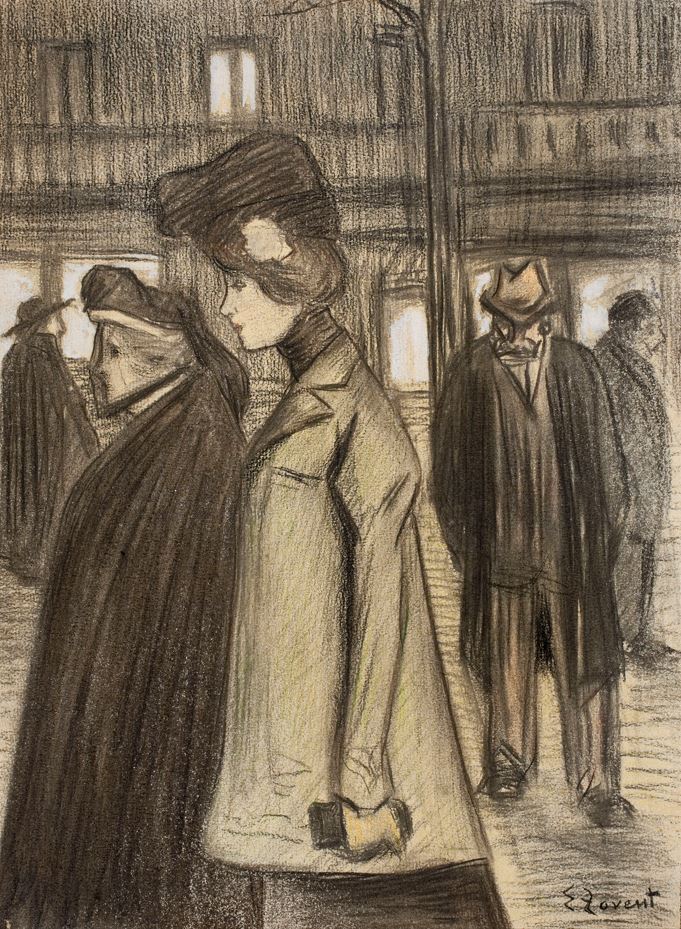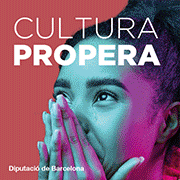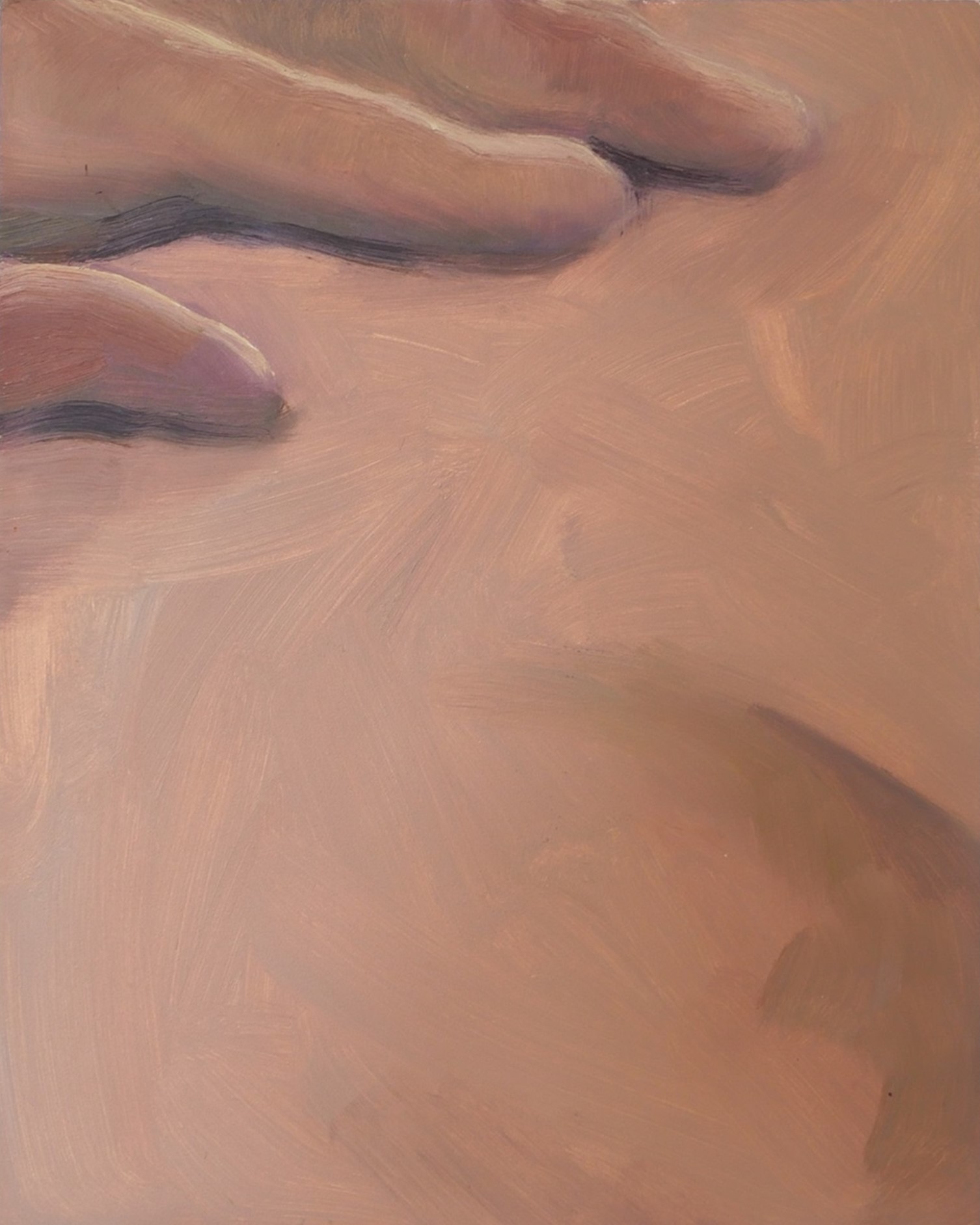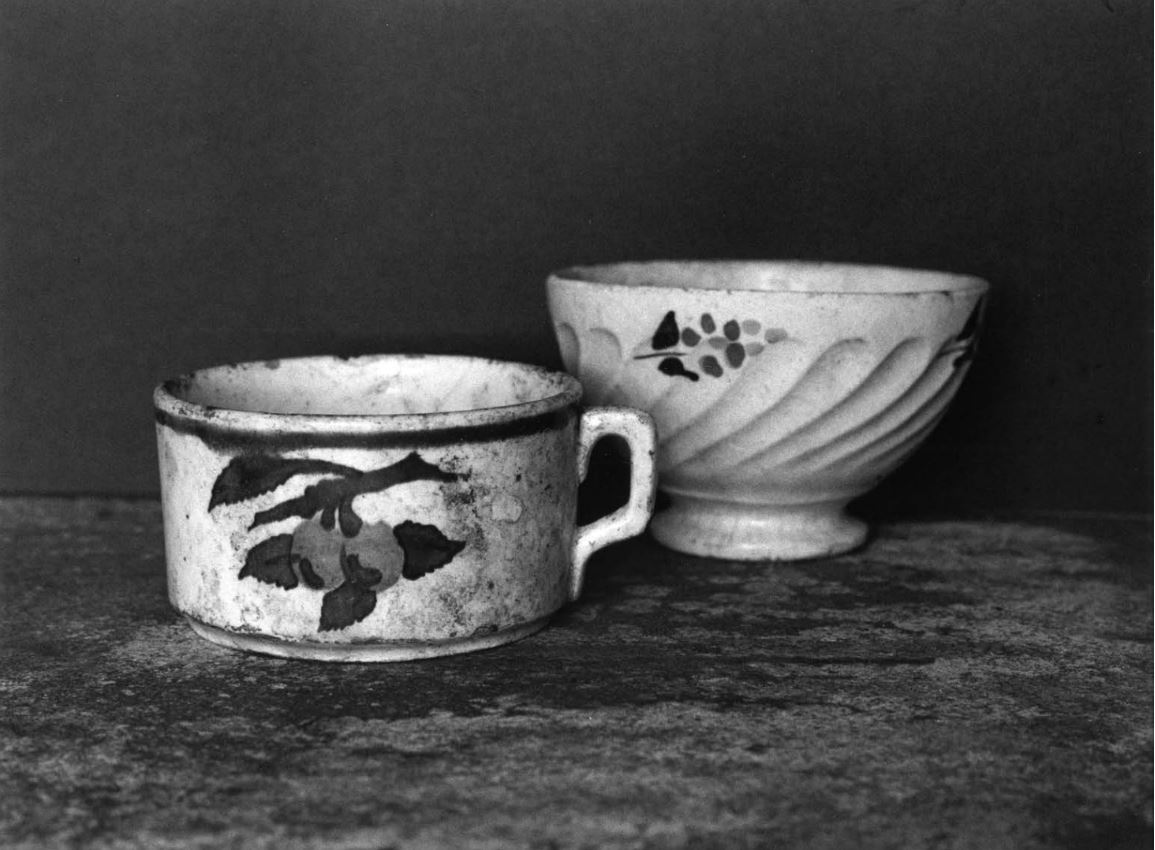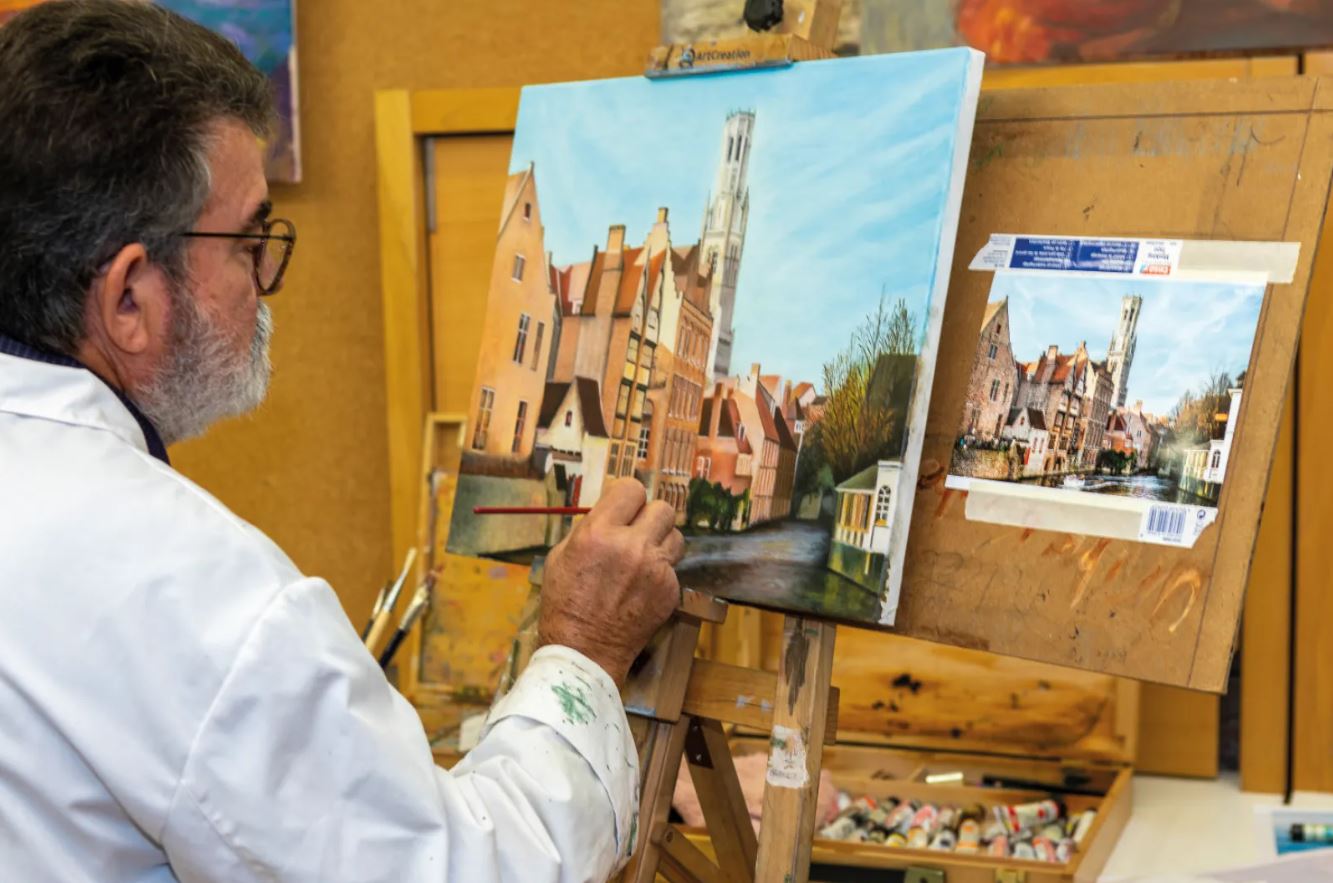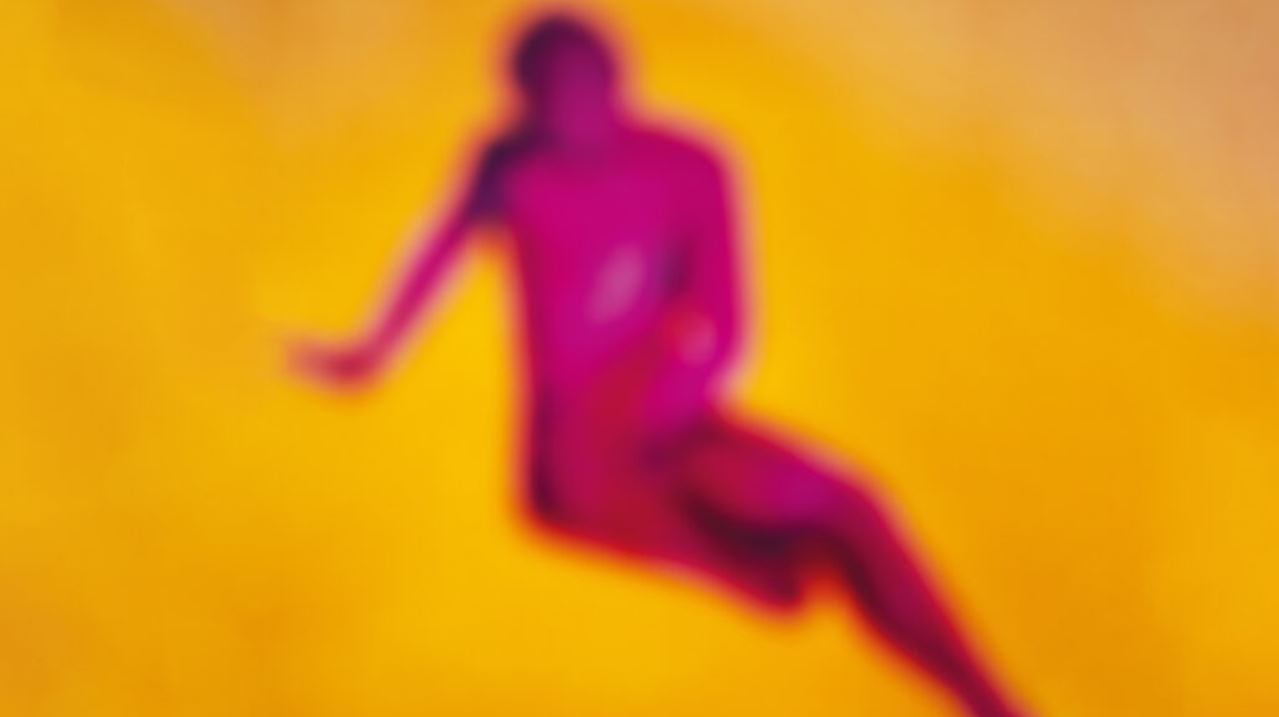Exhibitions
Eveli Torrent: between the four cats and freemasonry
Singular and little recognized artist, considered one of the pillars of Catalan modernism.
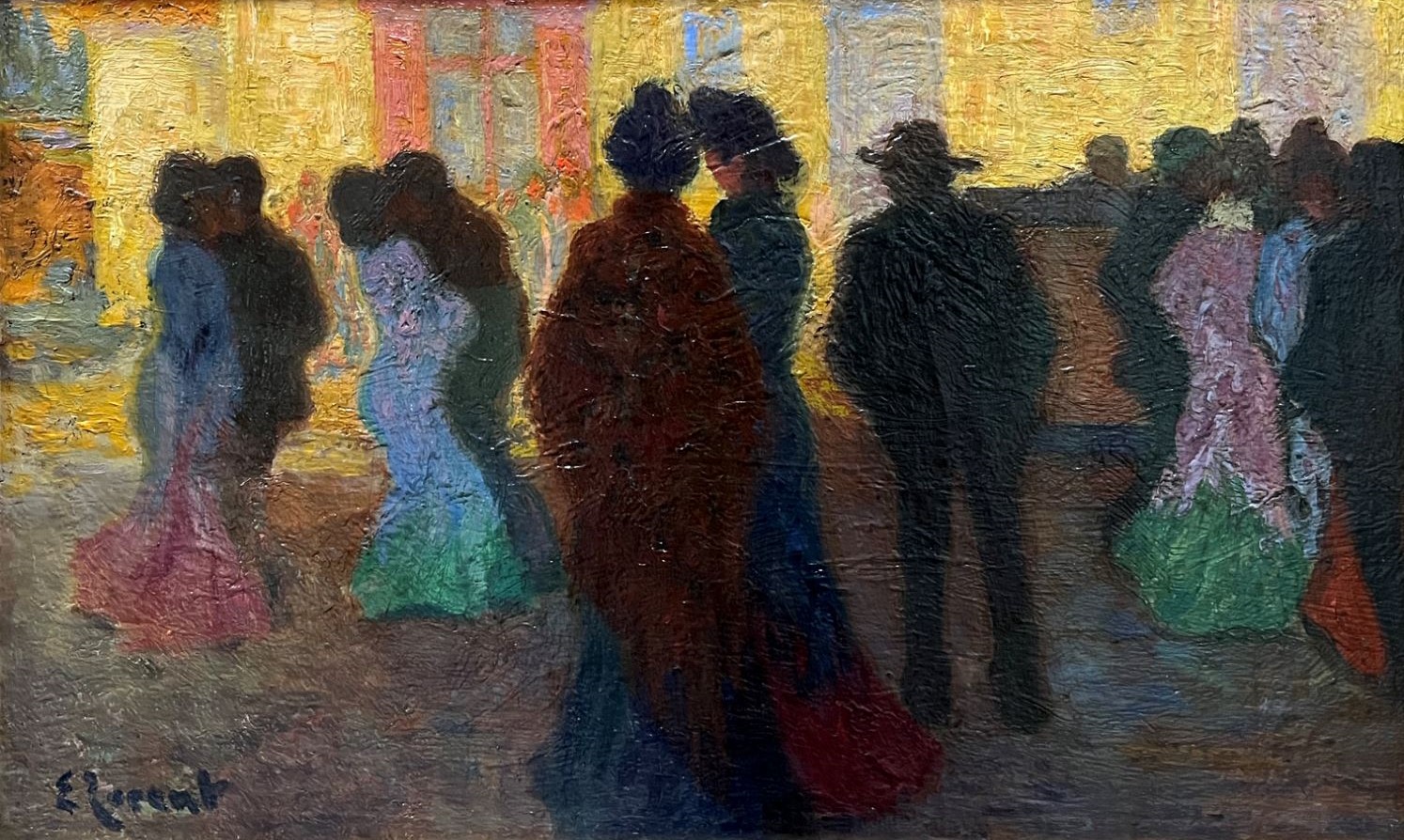
The National Art Museum of Catalonia presents an exhibition that seeks to rescue the figure of Eveli Torent, a painter and illustrator of great talent, whose career has often been forgotten. Born in Badalona in 1876, Torent was part of the second generation of modernist artists and a key figure in the Catalan movement. Deeply rooted in Els 4 Gats, the heart of modernism in Barcelona, he established relationships with figures such as Pablo Picasso, Carles Casagemas and Joaquim Mir.
He was one of the few artists of the time who had a monographic exhibition at Els 4 Gats, where he exhibited a work that oscillated between landscape naturalism, social scenes and allegorical images. This period witnessed a wide range of styles and techniques. Influenced by what was happening beyond the borders and above all by post-impressionist tendencies, symbolism and customism, Torrent began to incorporate elements of modernity in his work.
In 1902, he made the leap to Paris, where he found an ideal artistic environment. There he exhibited at the prestigious Independent Salon, and the following year he showed his work at Berthe Weill's gallery, sharing a wall with young talents such as Raoul Dufy and Jean Metzinger. His time in Paris marked a key moment in his career: the city not only allowed him to delve into portraiture and costume scenes, but also opened the doors to an international audience. At the same time, he worked as an illustrator in renowned magazines such as L'Assiette au Beurre and Le Rire. These experiences brought him great artistic maturity and consolidated him as a portraitist, a genre in which he excelled.
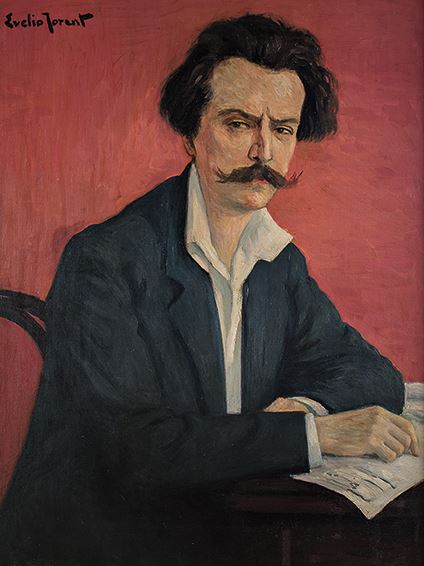
Torrent's adventure did not stop in Paris. In 1910, he traveled to Buenos Aires, where he continued to work on portraiture and produced such outstanding pieces as the portrait of the Catalan composer Enric Morera. In 1914, he arrived in New York, another decisive stage for his career. In the big American city, Torrent integrated into Hispanic social circles and philanthropic entities closely related to Freemasonry, an organization that would exert a strong influence on his life and work. During this stage, his work showed a fusion of genres: he continued with portraiture, but also developed a decorative landscape that reflected his stylistic versatility and his ability to adapt to different cultural influences.
Torrent's relationship with Freemasonry went beyond the social sphere and was also manifested in his work. Masonic symbology, with its humanist and philosophical principles, permeated part of his work and became particularly visible in the decorations he later made at his summer residence, the Torre d'en Rovira, in Ibiza. In 1922, Torent acquired this defense tower in Sant Josep and created a monumental park with Masonic symbolic figures and set up a museum of archaeological remains. The tower became an iconic destination, both for locals and visitors, thanks to the personality of Torrent, who presented himself as the "Great Caliph of es Pallaret", a character he created to entertain his visitors.
Torrent's connection with Ibiza was reflected in his drawings, which captured the daily life of the island and its people. His involvement with Freemasonry, however, also had tragic consequences. During Franco's repression, his membership in the organization led him to prison in 1939, in Barcelona's Model. Released after a year, he died shortly after, a victim of the harsh conditions of confinement and political persecution.
The MNAC exhibition, which can be visited until February, allows you to rediscover the work of an artist who knew how to move between different styles and cities, and highlights his deeply humanistic convictions.
